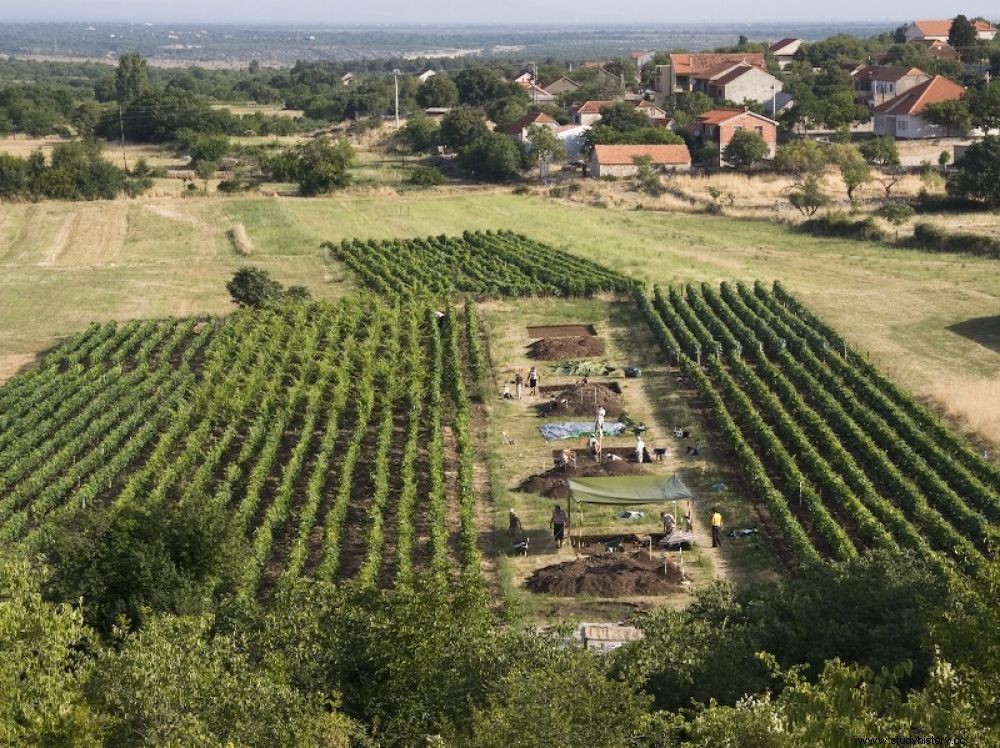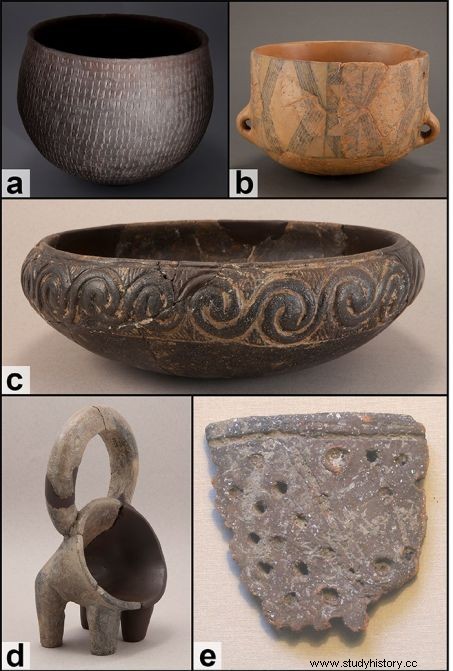Fatty acids detected on pottery and shards from a Croatian archaeological site testify to cheese production 7,000 years ago.

The archaeological site of Pokrovnik during excavations in the modern village in Dalmatia, Croatia.
Milk production and cheese making have been linked to the development of agriculture in Europe for around 9,000 years. However, traces of such activities are not found until much later, around 5,000 years ago, around the Mediterranean. Excavations at the sites of ancient villages in Croatia push this date back almost two millennia.
Keys to northern expansion
The two Croatian villages, Pokrovnik and Danilo Bitinj, were occupied between 6,000 and 4,800 BC and several types of pottery have been discovered there. The traces present on these relics were analyzed by a team from the University of Pennsylvania and the statement of carbon isotopes indicates that these are food remains:fish, meat and milk. It is even fermented milk that has been identified at the bottom of a rhyton (a small terracotta vase) and on a sieve dating back 7,200 years. For the authors of the study, published in the journal PLOS ONE , this is evidence of cheese production, the oldest around the Mediterranean.

Different types of pottery dating from the Neolithic period from Croatia. Credit:McClure et al., 2018.
These data indicate that cheese was already consumed during the Neolithic period in this region and that fermented milk products, easily stored, could constitute an important part of the diet of this time. The authors suggest that the production of cheese and the mastery of pottery techniques are two factors that have stimulated the demographic growth of populations, by reducing infant mortality, and favoring the expansion of farmers towards Central and Northern Europe. .
